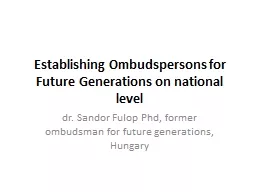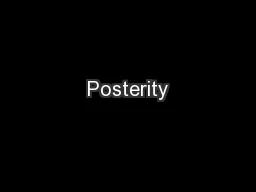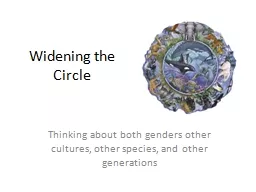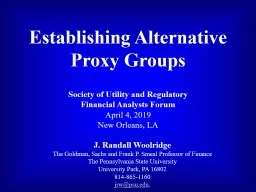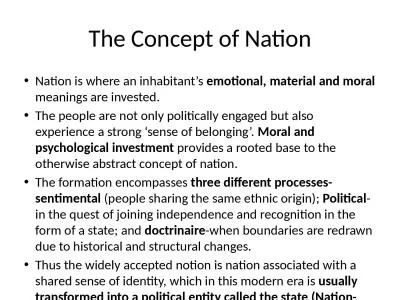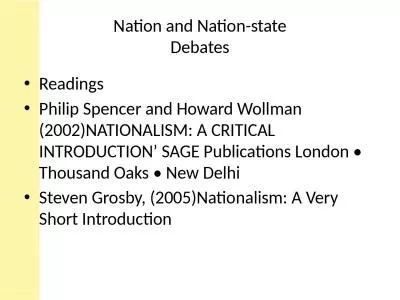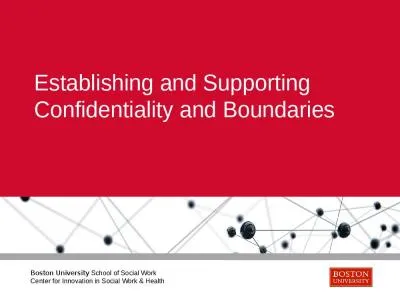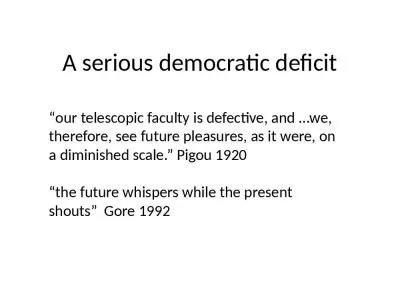PPT-Establishing Ombudspersons for Future Generations on nation
Author : pamella-moone | Published Date : 2016-07-30
dr Sandor Fulop Phd former ombudsman for future generations Hungary Content I The age when humankind has trespassed its planetary boundaries II Research on
Presentation Embed Code
Download Presentation
Download Presentation The PPT/PDF document "Establishing Ombudspersons for Future Ge..." is the property of its rightful owner. Permission is granted to download and print the materials on this website for personal, non-commercial use only, and to display it on your personal computer provided you do not modify the materials and that you retain all copyright notices contained in the materials. By downloading content from our website, you accept the terms of this agreement.
Establishing Ombudspersons for Future Generations on nation: Transcript
Download Rules Of Document
"Establishing Ombudspersons for Future Generations on nation"The content belongs to its owner. You may download and print it for personal use, without modification, and keep all copyright notices. By downloading, you agree to these terms.
Related Documents

